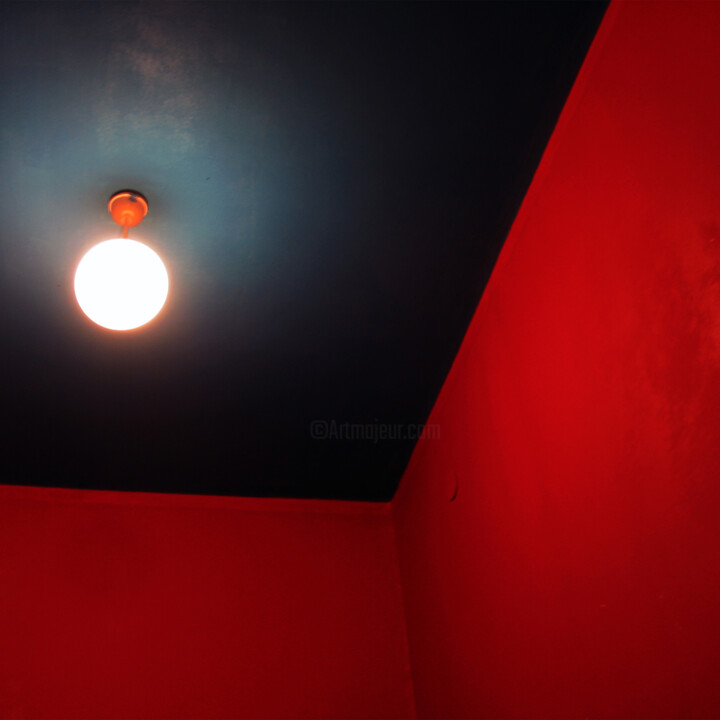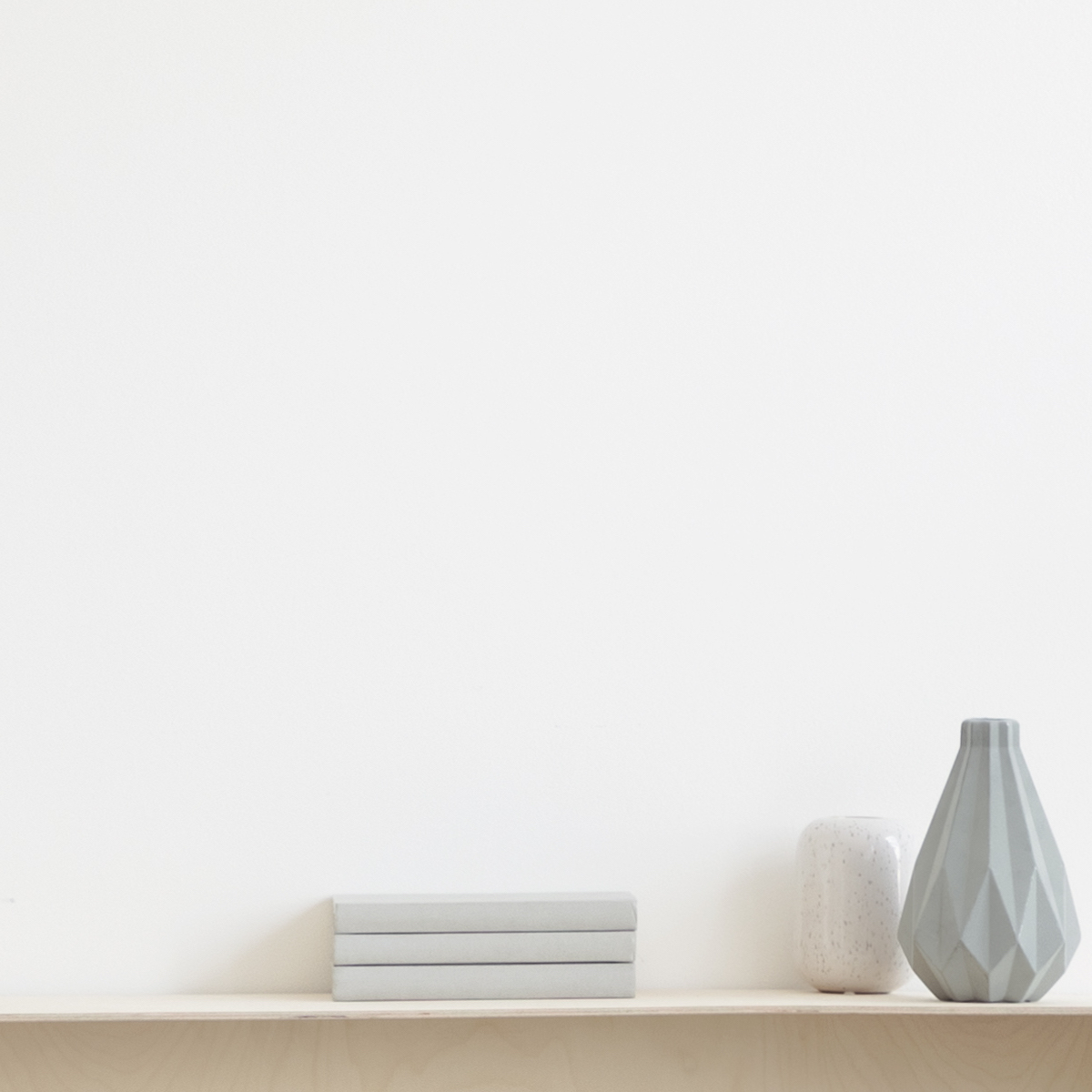


让我们知道您是否想看到这件艺术品的更多照片!
- 工作的背面 / 工作的一面
- 细节 / 签名 / 艺术品的表面或纹理
- 情境中的艺术品, 其他...
RED ROOM #42. AFTER WILLIAM EGGLESTON (2006) 摄影 由 Marta Lesniakowska
更多信息
- 包装 (盒子或纸箱包装) 所有的作品都配有优质的承运方,经过严格的包装保护和已投保。
- 监控 跟踪订单,直到包裹交付给买方. 将提供跟踪号码,以便您可以实时跟踪包裹。
- 延迟 全球配送会在3-7天内送达 (估计)
- 不包括海关 价格不包括海关费用。大多数国家/地区对原创艺术品没有进口税,但您可能需要支付减免的增值税。海关费用(如果有)将由海关在抵达时计算,并由承运人单独计费。
更多信息
- 可追踪的在线真品证书 可以通过扫描插图的代码随时在线验证真品证书。
- 认证评级艺术家 专家研究一个艺术家的工作和职业生涯,然后建立一个独立的,可靠的平均价格值。平均价格价值座落在一个价格范围内的某一时期的艺术家。专家们也可能被要求建立一个更精确的估计为特定的工作。
更多信息
使用SSL证书进行100%安全付款 + 3D Secure.
更多信息
-
原创艺术品 (One Of A Kind)
摄影,
数码摄影
/
非操纵摄影
在纸上
- 外形尺寸 高度 15.8in, 宽度 15.8in
- 艺术品状况 艺术品完好无损
- 是否含画框 此作品未装裱
- 分类 摄影作品 低于US$5,000 极简主义 建筑
Ale mój “Czerwony pokój” ma jeszcze inne zakorzenienie. Nie tylko dlatego, że obrazy wnętrza są rodzajem martwej natury. Moja fotografia dialoguje z „Czerwoną pracownią” („L’Atelier Rouge”) Henri Matisse’a z 1911 roku (bardziej niż z wcześniejszym „Czerwonym pokojem: harmonia czerwieni”, 1908). Jako martwa natura, wnętrze Matsse’a przedstawia jego malarskie studio, którego ściany pokrył bogatą cynobrową czerwienią, by na jej tle umieścić swoje malarskie, rzeźbiarskie i ceramiczne prace. "Skąd wziąłem kolor czerwony tego nie wiem", przyznał Matisse (być może podświadomie użył znanej w tradycji XVIII i XIX wieku praktyki eksponowania kolekcji antycznych artefaktów m.in. na czerwonym tle), i dodał: "Uważam, że wszystkie te rzeczy stają się dla mnie tym, czym są, dopiero gdy zobaczę je razem z kolorem czerwonym". To jedno z najbardziej wpływowych dzieł w sztuce nowoczesnej, prekursorskie dla color field painting (Marka Rothko), przywołało moje „pamiętające spojrzenie”, by aktualizować problem formalnego i semantycznego języka dzisiejszej fotografii cyfrowej (ml).
My gaze is often governed by the principles of the poet-minimalists: an economy of detail, the discovery of hidden subtexts and insinuations in unseen objects and pieces of everyday reality, in the superficiality and mundanity of things. When I photograph, nothing is more or less important to me. I share this approach to photography with William Eggleston. 'The Red Room' is a dialogue with Eggleston, 'the inventor of colour photography', as John Szarkowski described him. The semi-abstract photograph built on the stark contrast of intense red and black is thus a transmediation/intertextuality with his 1973 photograph 'Untitled/Greenwood, Mississippi'. Thirty-three years later, the random red interior and its oneiric, surreal aura evoked in my 'remembering gaze' that photograph and provided the impetus to update the problem of colour in (digital) photography, the randomness of the photographic image and the question of the hidden life of images in unsophisticated, snapshot amateur photographs. These are questions that in the 1970s set new vectors for art, annexing the formal language of photography. Today, they demand to be examined in a new perspective.
But my 'Red Room' has yet another root. Not only because the images of the interior are a kind of still life. My photography dialogues with Henri Matisse's 'Red Studio' ('L'Atelier Rouge') of 1911 (more so than with the earlier 'Red Roomj: harmony of red', 1908). As a still life, Matisse's interior depicts his painting studio, the walls of which he covered with a rich cinnabar red to set his painting, sculpture and ceramic works against. "Where I got the colour red from I don't know," Matisse admitted (perhaps subconsciously using the well-known practice in the 18th and 19th century tradition of displaying collections of antique artefacts against a red background, among other things), and added: "I think that all these things only become what they are to me when I see them together with the colour red." This one of the most influential works in modern art, a precursor to colour field painting (by Mark Rothko), evoked my 'remembering gaze' to actualise the problem of the formal and semantic language of today's digital photography (ml).
Collector's digital photography, color. Digital print on Hahnemühle Photo Rag Baryta 315g (semi-flash), archival paper, acid-free, Signed on the front lower left andon the reverse, dated 2006/ life time print 2021, BAT - bon a tirer. Format 40x40 cm in the image light, paper 50x50 cm frame, not glued, without frame. Without damages., Certificate of Authenticity. Archived file: IMG_0142
相关主题
Marta Lesniakowska 是一位艺术家摄影师,同时也是历史学家和艺术评论家,她从事视觉文化研究。这决定了他的摄影方法:一种“记忆的外观”策略,它让人想起艺术史上熟悉的图像,以便传播/互文化它们。她与他们的对话包括问自己是否有可能唤起他们的意义以及他们今天是什么或可以是什么。她对光着迷——它在图像构建中的作用,是创造图像的典范。这就是为什么在街头摄影中,她将明暗的相互作用、锐度和模糊之间的关系以及图像的相互渗透作为同时存在的现实进行分析。以这种方式,她借鉴了黑人电影的美学和20世纪街头摄影大师索尔莱特,带出了这座城市的神秘性格。(ml)
当她拍照时,没有什么对她来说更重要或更不重要;他的目光常常受到极简主义诗人原则的支配:注重细节,发现隐藏在无形物体和日常现实中的潜台词和影射。
Marta Lesniakowska 在波兰生活和工作。他的作品是公共收藏(弗罗茨瓦夫国家博物馆、比得哥什博物馆)和私人收藏(荷兰、丹麦、德国、瑞典、瑞士、美国)的一部分。







